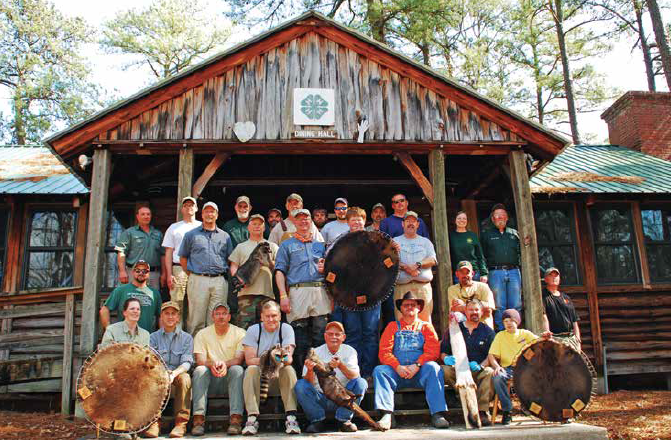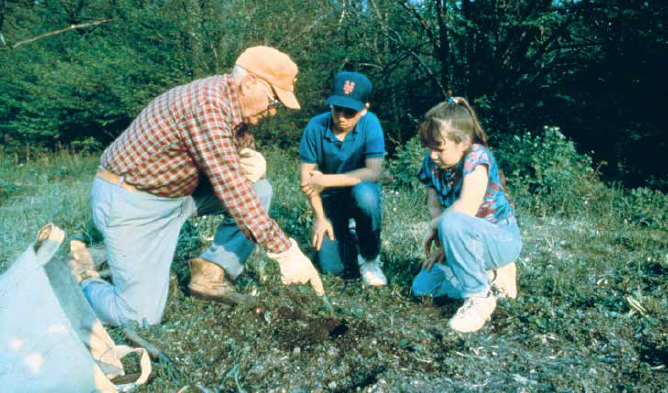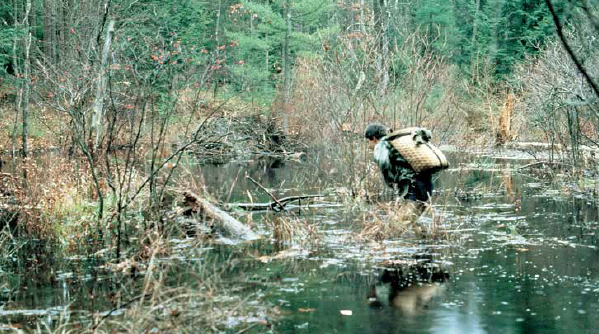Throughout history, animals have been trapped, whether it’s for food, fur or other animal products. Trapping is now intrinsically linked to wildlife management, as it is used to address the challenges of overabundant species which can impact on the natural environment as well as other species, or even the threat that some of these animals pose to human safety. Trapping is therefore key to managing and maintaining populations in the wild.

The trapping of wild fur bearing species is subject to a wide-ranging system of laws, regulations, checks and controls that emphasises the sustainability and welfare of all fur-bearing species and protects endangered species. Governments around the world have programs in place in order to manage populations of certain animals, and if left unchecked could cause substantial damage to the environment/surrounding ecosystem. Instead of discarding the deceased animals, numerous governments use the animal for their meat, and for their pelts, and this fundamentally ensures that sustainability is at the core. Effectively, wild fur is a by-product of conservation programs, and is a renewable resource, which is a product of long traditional use, and is valued for its natural beauty, durability and insulative qualities.

Photo courtesy of New York State Dept. of Environmental Conservation
Saying that, we are at a critical time in the fashion industry and caring for our planet is the fundamental goal that we are all striving towards. Wild fur is no exception to this and there are many sufficient reasons as to why it is imperative in order for an eco-friendlier planet.
- Beginning with the most palpable reason, wild fur is a natural and sustainable material that will last a long time, if taken care of properly. Natural fur whether farm-raised or wild is biodegradable, (as mentioned in the biodegradability report) and is a material that has been used throughout history and to this day continues to be one of the, if not THE most efficient materials to exist. Wild fur is also crucial for those who live in extreme weather conditions as it provides a layer of tremendous warmth, providing a shelter for those who need it the most.
- Trapping is incredibly important in the role of controlling invasive species as well as wildlife populations that have become overly abundant and are in conflict with local populations. Regulated trapping is a very efficient and practical way to undertake regular population management, and this comes at no extra cost to the public. Although reductions are not a main objective for furbearer management programs, it can decrease predation on rare, threatened or endangered species, and can lessen negative impacts on habitats and properties.
- The trapping and trading of furbearer resources is considered a heritage, one which still continues to this day, as it’s an important element in the lifestyle of people within society. The fur industry helps sustain industries such as North American trapper households, wholesalers, processors, garment makers and the retail clothing industry – it provides an income and support, especially to those who live in bucolic areas, where work opportunities may be inadequate. There are other significant reasons why trapping is essential, and some of these include the protection of natural habitat, for disease control, for the safety of the public, and to protect susceptible species from over-abundant predators or conflicting species. For example, in Canada there is an increasing level of human-wildlife conflict, which therefore calls for wildlife control in urban and rural areas.
- Wildlife populations are natural resources that need to be sustained and managed for the benefit of present and future generations. North American wildlife conservation programs utilise three primary principles in establishing managing harvest of wildlife animals. The first is to ensure that species are not endangered or threatened. Second is to ensure the harvest techniques are acceptable, and third is to make sure that the killing of the wild animals serves a practical purpose.
- There is a natural appreciation of animals that are captured. Not only is the fur used for warmth, but the animal is also often eaten by trappers and their families – in this way it is no different to leather. People depend on fur-bearers to deliver essential necessities for survival like meat for sustenance and fur for clothing, bedding and shelter. The animals have full use, meaning that it is perfectly sustainable, and nothing is wasted. Their fur is used for survival, just like their meat is used to eat – other leftovers are given to birds and other animals during the winter period when there is a deficiency of food.

Photo by Thomas Decker
In short, wild fur perfectly fits our strive towards a conservational planet. It demonstrates that natural fur goes deeper than what is instantly portrayed in the media, and by those who take an anti-fur and often anti-animal use agenda. Those who jump to the conclusion should do their research, educate themselves on all the different types of natural fur programs that exist, and appreciate their link to a safer ecosystem, and for sustainability, as that is a word that all fashion brands are endeavouring towards.




